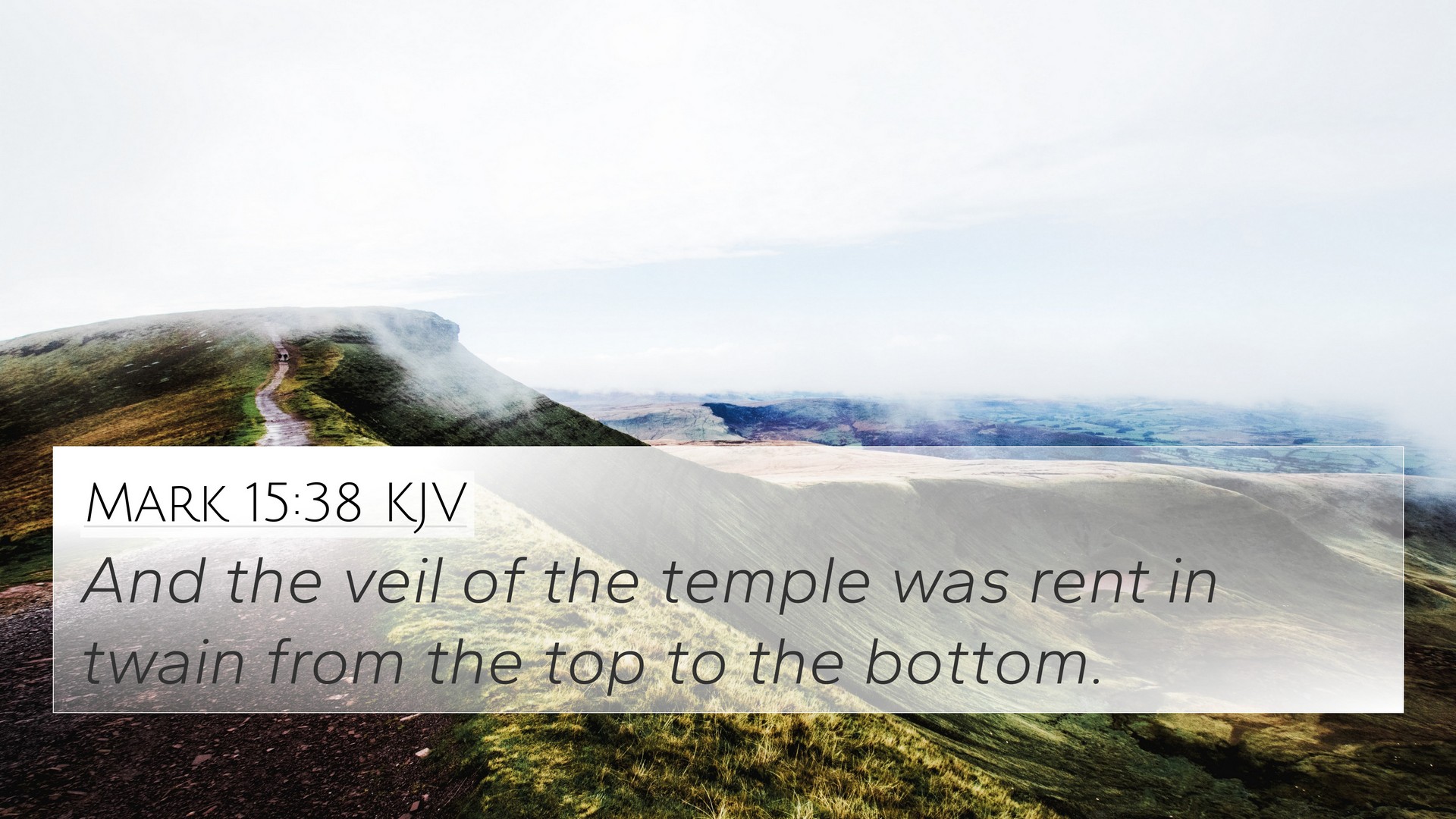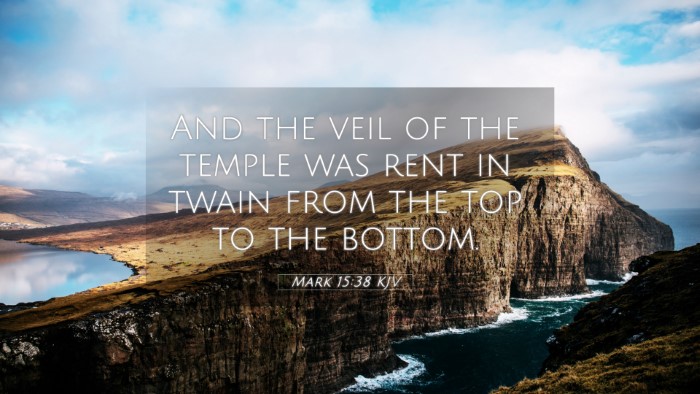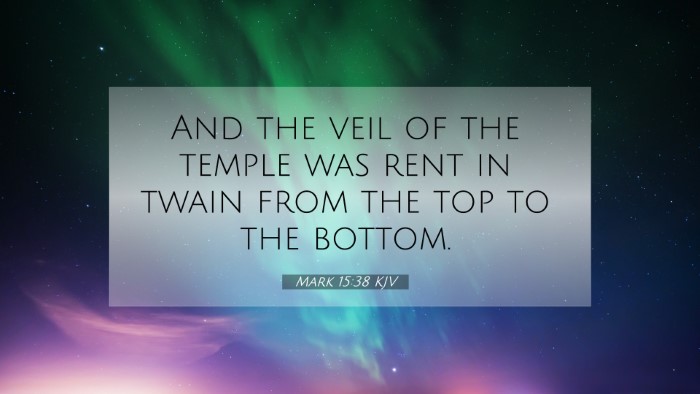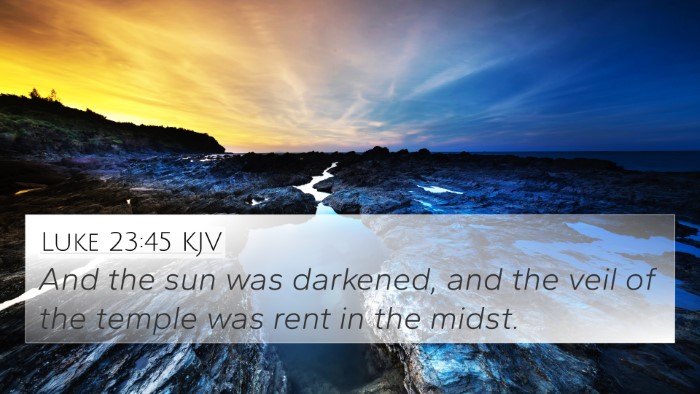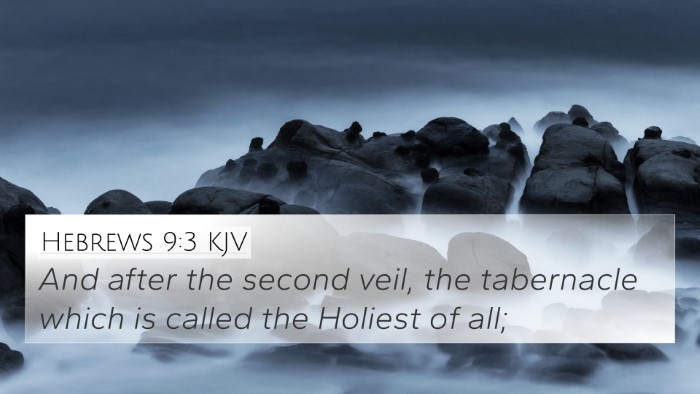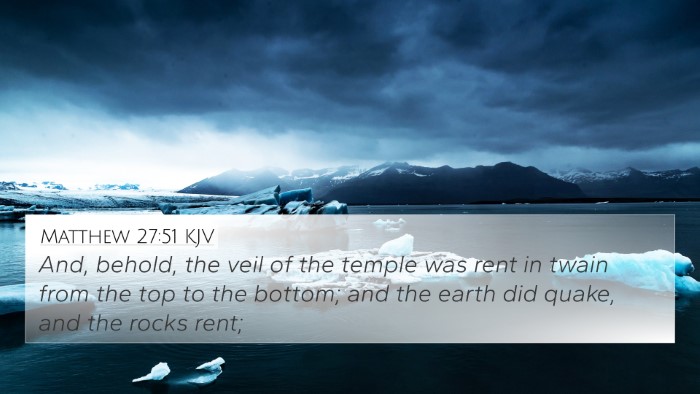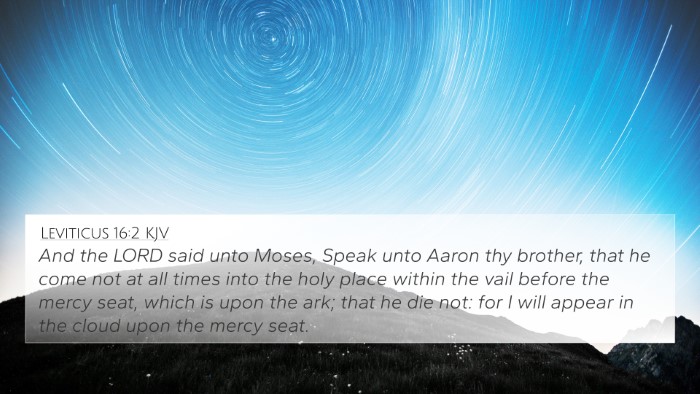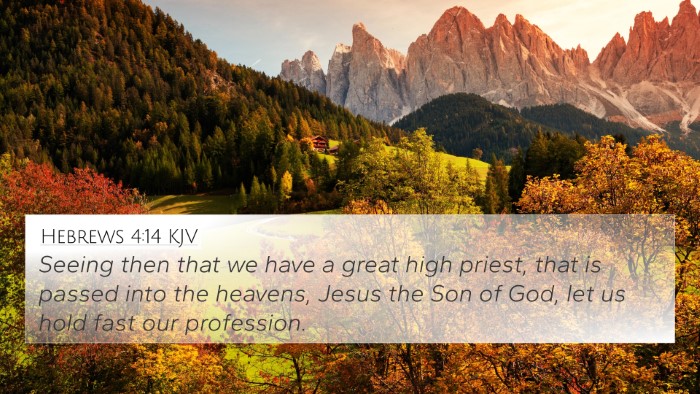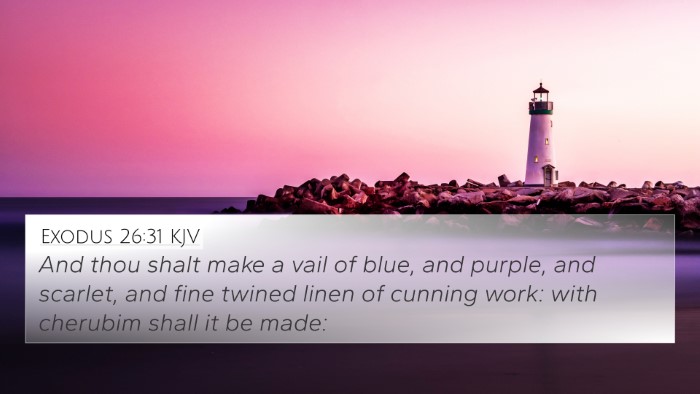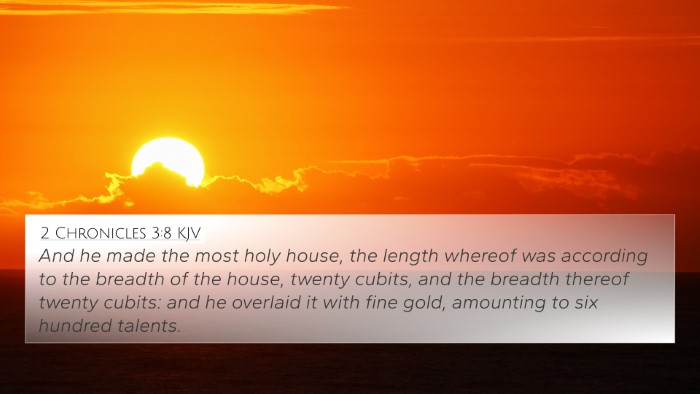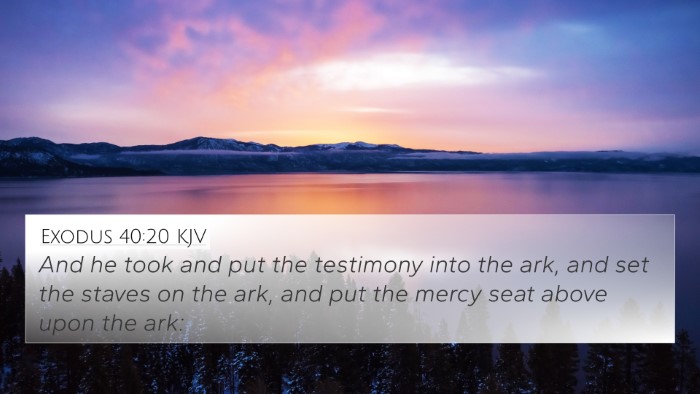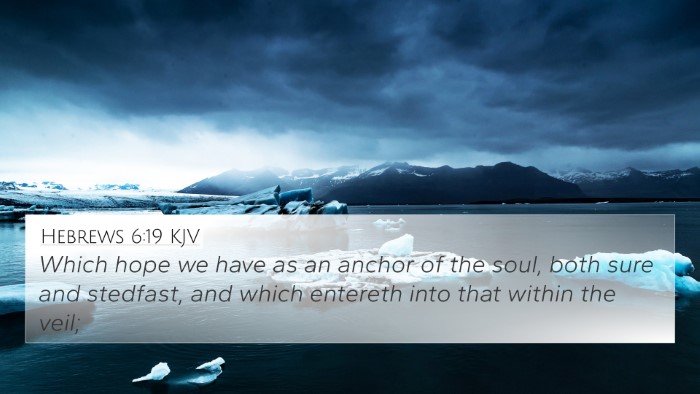Understanding Mark 15:38
Verse Context: "And the veil of the temple was rent in twain from the top to the bottom." (Mark 15:38)
This verse occurs at a pivotal moment during the crucifixion of Jesus Christ. The tearing of the temple veil signifies a profound theological transition, from the old covenant to the new, ushered in by Christ's sacrificial death. Below is a comprehensive analysis derived from various public domain commentaries.
Significance of the Tearing of the Veil
The veil in the temple separated the Holy Place from the Holy of Holies, where the presence of God dwelled. The tearing of the veil symbolizes:
- Access to God: The separation caused by sin was removed, allowing all believers direct access to God (Matthew Henry).
- Fulfillment of Prophecy: This act fulfills the prophecies concerning the Messiah and the establishment of a new covenant (Albert Barnes).
- Judgment on the Temple: This event can also be interpreted as a judgment against the temple system that was now obsolete (Adam Clarke).
Theological Implications
The event is rich with implications for understanding the broader narrative of Scripture:
- New Covenant Theology: Jesus' death accomplished what the sacrificial system could not, thus instituting a new way of relating to God (Barnes).
- Universal Salvation: The rupture of the veil invites Gentiles and Jews alike to come to God, thus breaking ethnic and ritual barriers (Henry).
Cross-Referencing Biblical Texts
Mark 15:38 connects with several other scriptural passages, enhancing the understanding of this event:
- Matthew 27:51: Similar account emphasizing the tearing of the veil and its significance.
- Luke 23:45: Highlights the darkness that fell upon the land, showcasing the cosmic significance of Christ's death.
- Hebrews 10:19-20: Clarifies that through the blood of Jesus, we have confidence to enter the Most Holy Place.
- Exodus 26:31-34: Discusses the original design of the veil, which forewarns of its eventual destruction.
- Isaiah 53:5: Prophetic depiction of Christ’s sacrifice for our transgressions.
- John 14:6: Jesus identifies Himself as the way, the truth, and the life, indicating no one comes to the Father except through Him.
- Romans 5:1-2: Speaks to the peace we have with God through Jesus Christ, made possible by His sacrifice.
- 2 Corinthians 5:17: Reiterates the new creation that believers become through Christ’s death and resurrection.
- Ephesians 2:14-18: Expresses that Christ Himself is our peace, breaking down barriers and creating one new humanity.
- Revelation 21:22: Speaks about the absence of a temple in the New Jerusalem, symbolizing direct communion with God.
Summary and Conclusion
Mark 15:38 serves as a monumental turning point in the Christian faith. The tearing of the temple veil not only signifies the end of the old religious system but also the opening of a new way to access God through Jesus Christ.
Tools for Bible Cross-Referencing
Understanding the connections between Bible verses requires tools for effective study. Here are some essential resources:
- Bible Concordance: A useful tool for finding verses associated with particular keywords or themes.
- Bible Cross-Reference Guide: A resource that helps link related scriptures for deeper insights.
- Cross-Reference Bible Study: A method trusted for tracing themes through interconnected verses.
- Comprehensive Bible Cross-Reference Materials: Offers extensive networks of scriptures that inform studies and sermons.
In summary, Mark 15:38 and its implications invite believers into a greater understanding of the sacrifices made for humanity and the significance of direct access to God's presence. Utilizing the listed tools for Bible cross-referencing can facilitate deeper explorations into these profound themes.
